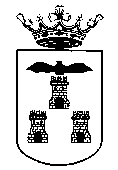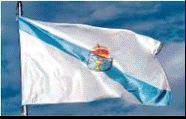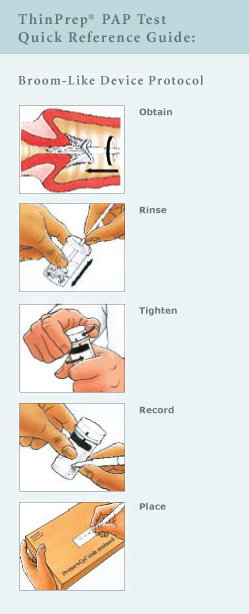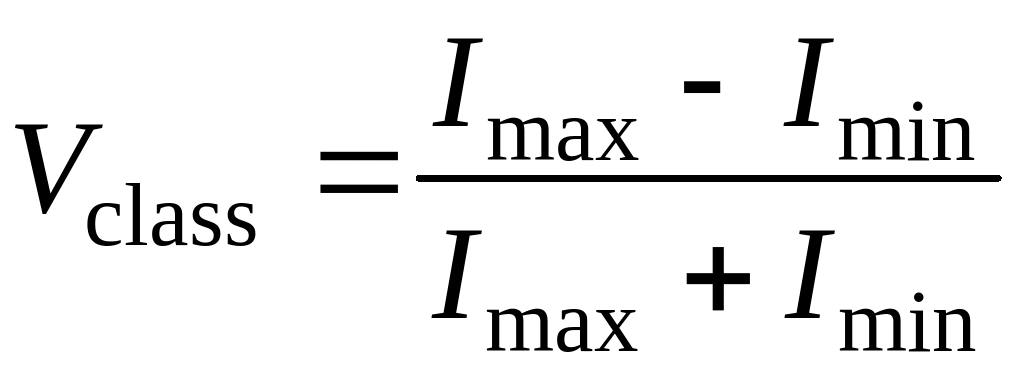budapest university of technology and economics faculty of chemical technology and biotechnology level bsc subject data sheet
Budapest University of
Technology and Economics
Faculty of Chemical Technology and Biotechnology
Level BSc
Subject data sheet
and requirements
.
Modern engineering ceramics
Code
Semester
Accomplishment
Credit
Language
BMEVEFAAL29
exam
2
English
1. Responsible person and department: Alfréd Kállay-Menyhárd,
Department of Physical Chemistry and Materials Science
2. Lecturer: Alfréd Kállay-Menyhárd
3. Subject is based on:
Inorganic chemistry, Physical chemistry
4. Requisites: none
5. Aim of the subject:
During their professional/experimental work chemical engineers often
meet different traditional and modern ceramic materials. Important
knowledge of natural science and engineering that make possible the
production, processing and appropriate application of ceramic
functional materials is discussed during the course. A further aim of
the subject is to show – from the aspects of material science – the
ability of modern industrial ceramics and their associated systems to
satisfy the demand of modern economy.
6. Detailed program of the subject:
6.1. Introduction
The basic definitions of ceramics are introduced first. Then a short
historical overview on ceramic industry is provided. The properties
and the most important application field of conventional and
engineering ceramics is demonstrated also.
6.2. Types of engineering ceramics
The major groups of ceramic materials based on their chemical
composition: oxide-, nitride-, carbide- and ceramics based on other
elements. Functional and structural ceramics Monolithic ceramics and
ceramic layers. Ceramic composites. Comparison of ceramics with other
structural materials like metals and polymers.
6.3. Basics of material science
The basic definitions of material science are discussed in this part
as well as the basics of crystallography. The connection between the
chemical structure and atomic bonds is shown and its influence on
macroscopic properties is discussed also. The most important unique
properties are introduced based on examples of structure-property
correlations.
6.4. Raw materials and synthesis
The raw materials of engineering ceramics are shown and the most
important synthesis routes are discussed in details. The most
important properties of ceramic powders are introduced as well as the
crucial requirements of ceramic powders for industrial applications.
6.5. Processing and shaping of ceramic powders
The processing technologies of formation of engineering ceramics is
discussed in details. This area includes the pre-treatment of ceramic
powders before shaping, like milling and sizing. The cyclic and
continuous shaping techniques are introduced and their effect on the
properties is shown too.
6.6. Final sintering of engineering ceramics.
The final processing step of engineering ceramics is sintering. The
types, mechanisms of this process are demonstrated. The sintering
process is introduced through industrial examples.
6.7. Formation of surface layer
The major goal of layer deposition is discussed. The formation of
surface layers is demonstrated thoroughly. Chemical and physical
techniques for layer deposition are shown and the layers are compared
to each other.
6.8. Failure
The failure mechanisms are presented with special focus on the
structural effect. Fractoscopy as the tool of failure analysis is also
presented. Revealing of material or design failure is show.
6.9. Functional ceramics
The special properties of functional ceramics are discussed. The
application fields and well as the types of this ceramic class is
demonstrated in details.
6.10. Structural ceramics
The special properties of structural ceramics are discussed. The
application fields and well as the types of this ceramic class is
demonstrated in details.
6.12. Ceramic composites
The goals of preparation of composite materials based on ceramic
matrix are introduced. Preparation of ceramic matrix composited is
discussed and the unique properties of these materials are shown.
Overloading effect is demonstrated.
6.12. Application of ceramics
In this last section several interesting application fields are
demonstrated with special attention to the structure-property
correlations. How could ceramics fulfill special needs? The students
could present also small individual topics, from their field of
interest.
7. Method of education: Consultation
8. Requirements of accomplishment of the subject:
a. In the semester: visiting the consultations
b. In the examination period: passing an oral exam (The students
receive four questions from the following fields: properties,
synthesis, application and other special areas)
9. Additional possibilities of accomplishment: repeated exam
10. Consultations: individual dates arranged with the lecturer
11. Course-book and literature:
Brook R.J.: Concise encyclopedia of advanced ceramic materials.
Pergamon, Oxford, 1991.
Alper A.M.: Phase diagrams in advanced ceramics. Academic Press,
London, 1994.
Terpstra R. A., Pex P.A.C., DeVries. A.H.: Ceramic processing. Chapman
and Hall, London, 1995.
Segal D.: Chemical synthesis of advanced ceramic materials. Cambridge
University Press, Cambridge, 1989.
Bouell D.A., Tien T.Y.: Preparation and properties of silicon nitride
based materials. Trans Tech Publications, Zürich, 1989.
Cranner, D.C., Richerson D.W.: Mechanical testing methodology for
ceramic design and reliability. Marcel Dekker, New York, 1998.
Chawla K.K.: Ceramic matrix composites. Chapman and Hall, London,
1993.
Richerdson D.W.: Modern Ceramic Engineering Properties Processing and
Use in Design (third edition). Taylor & Francis 200512. Average study
time needed:
13. Program of the subject has been developed by: János Szépvölgyi and
Alfréd Kállay-Menyhárd
14. Further information on the subject (current semester):
3
 NURSING STUDENT’S PERCEPTION REGARDING HEALTH PROMOTION AND HEALTH EDUCATION
NURSING STUDENT’S PERCEPTION REGARDING HEALTH PROMOTION AND HEALTH EDUCATION PROCEDIMENTOS PARA AVALIAÇÃO O PROCESSO DE AVALIAÇÃO É
PROCEDIMENTOS PARA AVALIAÇÃO O PROCESSO DE AVALIAÇÃO É CONFORME EL JEFE DE NEGOCIADO SI NO REGISTRO DE
CONFORME EL JEFE DE NEGOCIADO SI NO REGISTRO DE EXPLOITATION PEDAGOGIQUE DE LA SEQUENCE « GALICIA ÍNTIMAMENTE »
EXPLOITATION PEDAGOGIQUE DE LA SEQUENCE « GALICIA ÍNTIMAMENTE » PARTE A CONOCIMIENTOS GENERALES POLÍTICA DE CALIDAD CON
PARTE A CONOCIMIENTOS GENERALES POLÍTICA DE CALIDAD CON المحاضرة العاشرة في هذه المحاضرة (والتي بعدها) سنبحث أنواع
المحاضرة العاشرة في هذه المحاضرة (والتي بعدها) سنبحث أنواع NOTA DE PRENSA 14 DE ABRIL DE 2016 –
NOTA DE PRENSA 14 DE ABRIL DE 2016 – EEBM EĞITIMINDE DÖNGÜDE DONANIMSAL BENZETIM TEKNIĞININ KULLANIMI ERKAN DUMAN
EEBM EĞITIMINDE DÖNGÜDE DONANIMSAL BENZETIM TEKNIĞININ KULLANIMI ERKAN DUMAN NASTAVNI ZAVOD ZA JAVNO ZDRAVSTVO SPLITSKODALMATINSKE ŽUPANIJE ODJEL ZA
NASTAVNI ZAVOD ZA JAVNO ZDRAVSTVO SPLITSKODALMATINSKE ŽUPANIJE ODJEL ZA VISIBILITY THE CLASSIC MEASUREMENT OF THE VISIBILITY OF INTERFERENCE
VISIBILITY THE CLASSIC MEASUREMENT OF THE VISIBILITY OF INTERFERENCE PREDLOG BELE KNJIGE O MEDIACIJI DRUŠTVO MEDIATORJEV SLOVENIJE
PREDLOG BELE KNJIGE O MEDIACIJI DRUŠTVO MEDIATORJEV SLOVENIJE